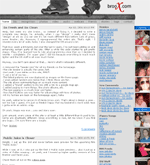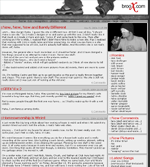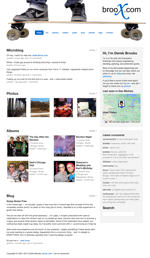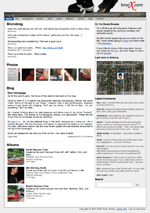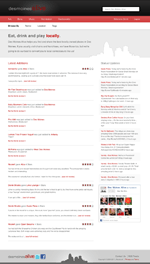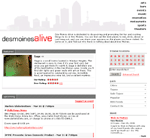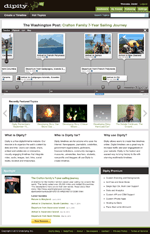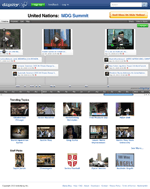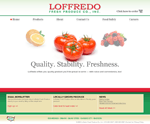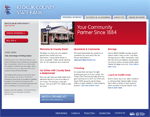Iowa Alcoholic Beverages Division is responsible for the regulation and control of all alcohol and tobacco in the state of Iowa. The division has generated hundreds of millions of dollars for the state of Iowa.
Our company, Red 5 Interactive had hosted IABD for years. Up until this rebuild, they were one of the very last Java based sites running on an ancient server stuck in a closet in the back of our office. As time went on, it became scarier and scarier to let their site remain live. Once showing IABD the physical server they were running on, talking them into a complete rebuild was no challenge at all.
One of the most daunting parts of this rebuild was the task of migrating all their content. I heavily modified our internal
Site Spider to accomplish this task. The client had around 400 pages and 700 files that were linked to (mostly PDF press releases). I had to completely crawl their site, import everything into our CMS and fix every link to work correctly. Given the fact that they had FTP access to the old server, things were a mess, and this was not a simple task. I'm talking about some serious site scraping madness!
Being such a large site, this client came up with all kinds of awesome ideas for our CMS, which I was able to add-on and commit back to the repository for our other clients.
After setting up our internal CMS and importing their hundreds of pages/files, I had to build a Javascript Fund counter to display on their homepage. Basically, the client takes their projected income, enters it into a custom tool that I built in
SiteMan, and my JS did the math to determine how much money was being transferred to the state every second. It then dynamically animated a count-
up on the homepage.
I also built some fancy, custom (and totally dynamic) javascript dropdown navigation.
Finally, I had to model and build a custom plugin to allow IABD to import CSV files of their alcohol products, stores, and tobacco compliance data. Then, I built functionality to browse and search all of this data on the front-end.
At the time, Iowa Alcoholic Beverages Division was basically a test of all my skills. Sys admin, back-end development, front-end development, scraping, importing, and finally deployment.

